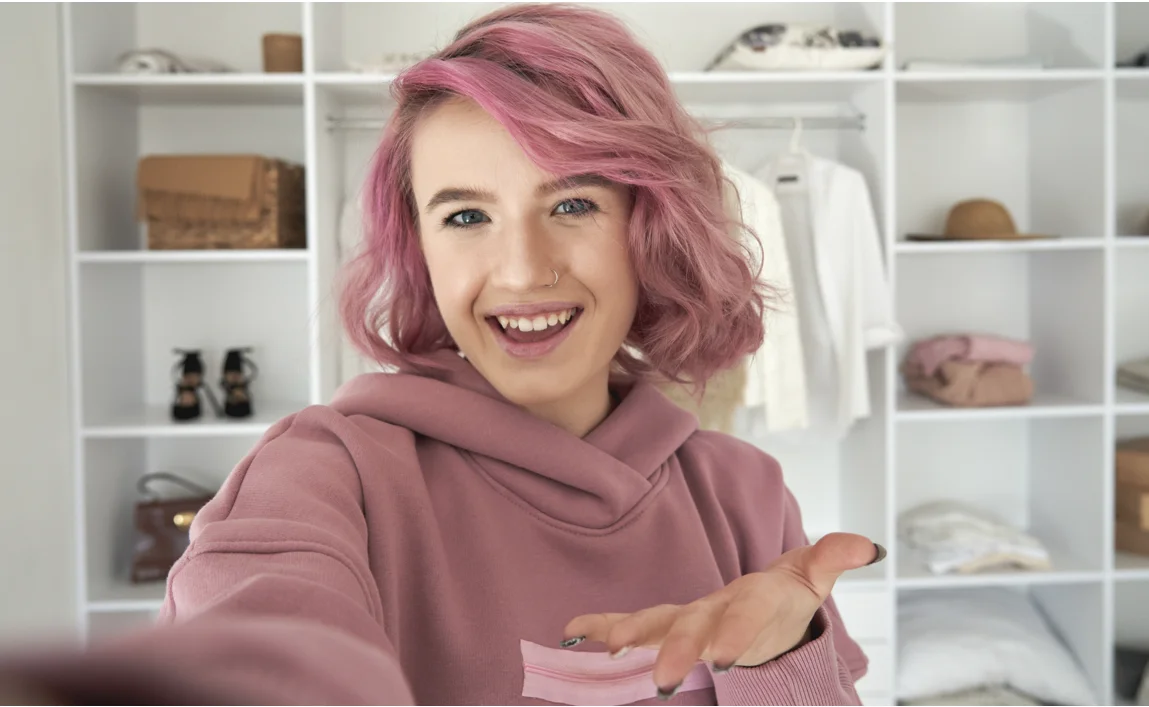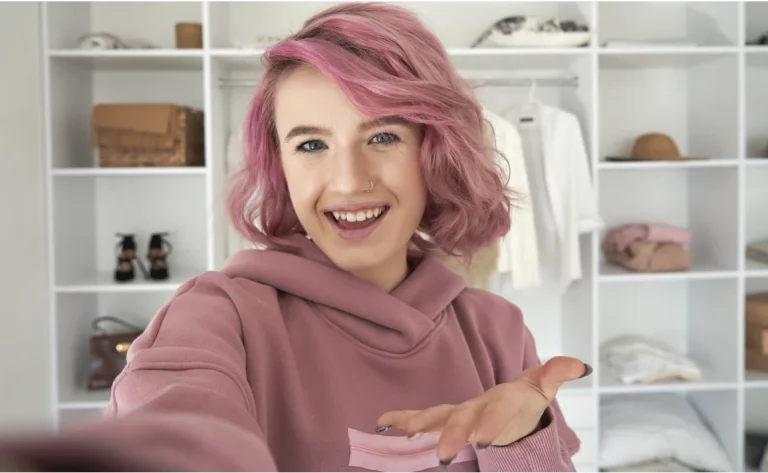The pandemic has brought about significant disruption, that much we know. But some disruptions have proven positive, like accelerating innovations and moving certain industries forward. IBM reported that COVID-19 has shifted the ecommerce scene by 5 years. And that supports what we’ve witnessed as marketers and consumers too. Brands that have been slow to get on board the freight train finally did, not as a matter of choice but circumstance. Brands that have been selling on eCommerce had to innovate to stand out, as new players level the playing field. One of these innovations has no doubt been shopstreaming, the trend that’s taking online shopping by storm. It’s where shopping intersects livestreaming.
When worlds collide: Shopping and entertainment
Children of the ’90s may remember their parents watching QVC, a live cable station that introduced the concept of merging shopping and entertainment. It was the domain of Joan Rivers–who appeared regularly to hawk jewellery–and many homemakers–who tuned in to watch product demos and catch discounts. (Well, and also bored college students craving background noise while studying late nights…you know, those with a warped sense of humour, the kind stoked by the unpredictability of live TV…see below). QVC’s format was compelling. It merged entertainment, information, drama, audience interaction and shopping. On other channels, we also saw similarly formatted shows (though pre-recorded) filling dead airtime in the form of infomercials, selling anything from ab rollers to waffle makers. Keen to buy? Just pick up your phone and place an order. Zip-po!
QVC, a perfect antidote to bored college kids and homemakers in the ’90s
Fast forward 3 decades later. Shopping is still habit and necessity. But the ways in which we buy are different. Even QVC has moved on to become a digital-led, eCommerce brand. And while infomercials still provide entertainment to those who seek them out in odd pockets of local cable networks, many consumers have migrated to shopping online. And with it the concept of shopping and entertainment too.
2020: The year that was, is and will be
This move to digital was accelerated in 2020, no doubt by 2020. Some industry observers who are not IBM claimed ecommerce had in fact hit 10 yrs of progress in just 10 mos, citing 27% growth in 2020, with 60% of the global market being Asia. Market size? US$5 tril. And it’s not difficult to see why.
The near-global lockdown has forced people to form new purchase habits. And even as some countries started to ease up, the idea of going out, standing in line, fingering products and physically trying on stuff still strikes some as a mixed-bag proposition. And like those dwellers in the allegorical Plato’s Cave, once shoppers have discovered the advantages of eCommerce, it’s difficult for them to see retail the same way again.
So for brands already with an ecommerce and omnichannel strategy in place, it was fortuitous. They saw sustained and increased traffic to their checkout counters, which no doubt included social commerce and some form of shoppable content to boost sales (whether video, posts, or blogs; owned or partnered), even as brick-and-mortar outlets crumbled everywhere, from Ginza to Beijing and Manhattan.

Direct selling by brands on their purpose-built eCommerce websites
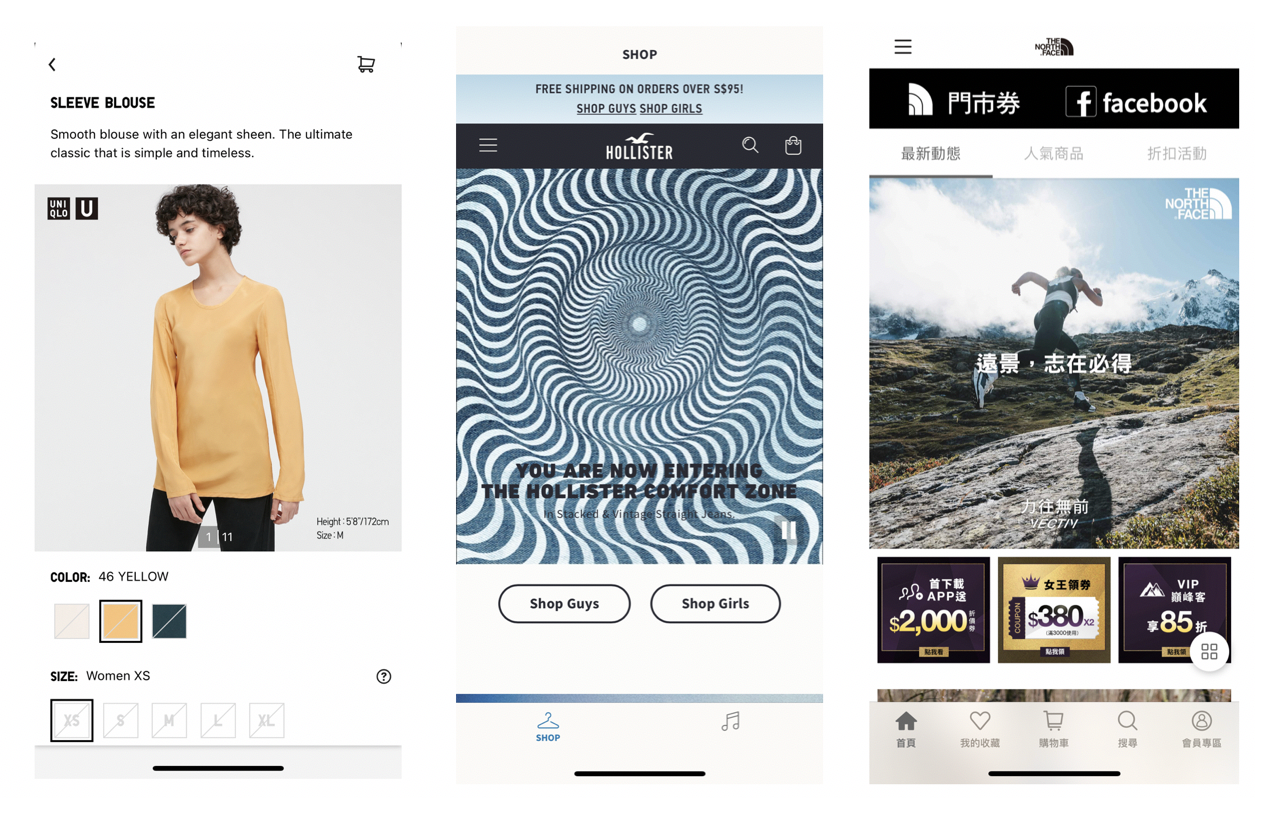
…and in-app
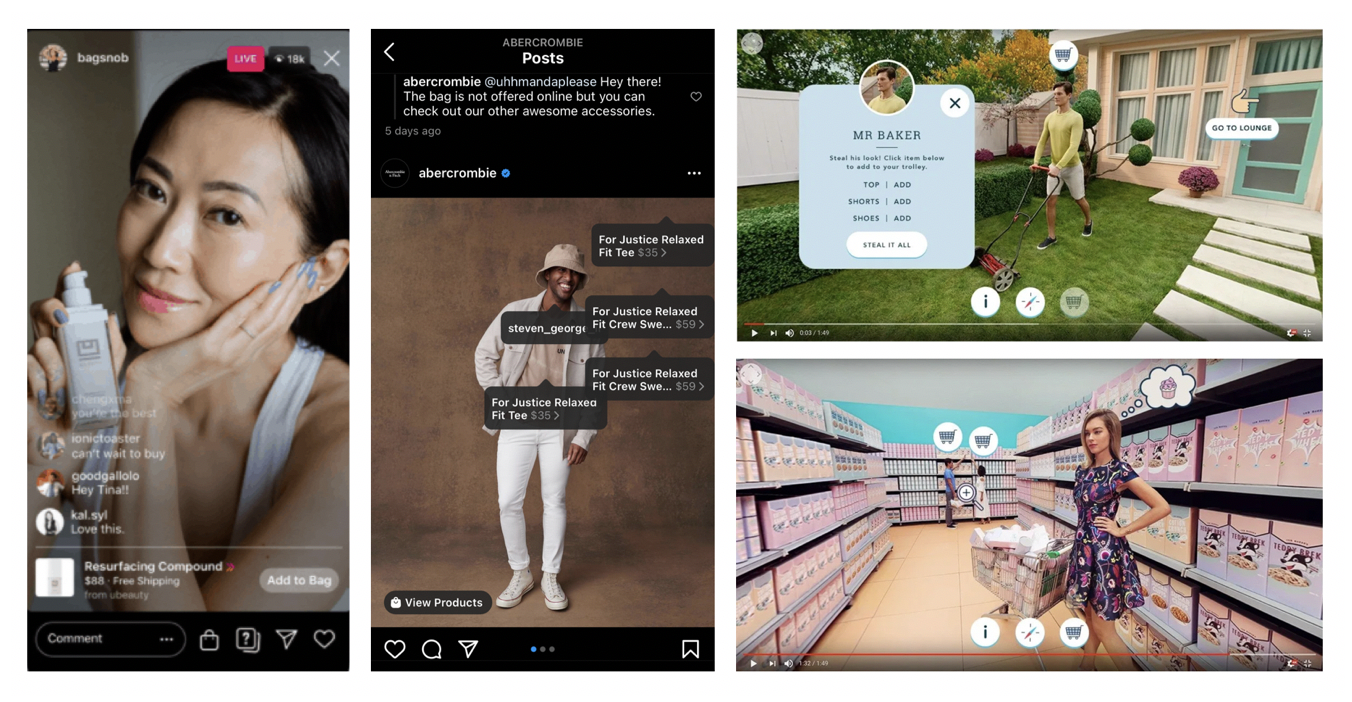
Social and interactive commerce provide further engagement and opportunities to buy
Meanwhile, seasoned digital retailers like Shopee, Lazada, Taobao, TMall, etc. were busy consolidating their position and building up their walled gardens. The idea being to lure and ensnare users into their world, distracting and entertaining them with anything and everything from shoppable posts to games, and collecting data to serve up even more scintillating content and objects of desire, that they may never leave. And consumers are biting, wandering from page to page like the entranced citizens of Westview in Wanda’s hex, surrendering their willpower and wallets.
China moves the index in shoppertainment by leading the shopstreaming trend
It used to be that in QVC’s heydays, China had a dubious reputation as the land of digital piracy. Today, China is roundly recognised as a beacon of growth and leader in marketing innovation and technology, with the world looking to pirate its success. And we see this play out in the realm of eCommerce too.
China was the 1st to pull the dynamics of shopping and entertainment closer. While the technology and practice of live chats have existed for a while now, it was only a matter of time before some genius extended that concept to shopping in a world increasingly looking for distractions and things to do at home. And China has been honing their shopstreaming game since 2016. As of Mar 2020, the country had reached 560 mil. livestreaming users, a 110% growth from the year before. That accounts for 62% of the country’s total internet users. Leading platforms are Taobao, Kuaishou and Douyin (TikTok).
Shopstreaming formats run the gamut. From fashion shows and product demos to virtual tours and makeup tutorials, online wine tastings and clothing hauls to electronics auctions and listening parties. They invariably feature hosts and influencers speaking into the camera, responding to questions and comments. Yes, comments. Lots of comments. And evidently, lots of sales.

In 2018, Taobao’s livestreaming platform sales exceeded 100 bil. CNY, with an annual growth rate of nearly 40%. In 2019, the livestreaming session for Taobao’s Singles’ Day pre-sale had more than 30 mil. viewers. No doubt propelled significantly by personalities like Li JiaQi (China’s “lipstick king”), who at one point in his career managed to sell 15,000 lipsticks in 15 mins. The fact that he could do this for 6 hrs at a go must be some feat of human endurance.

One of China’s reigning shopstreaming personality Li JiaQi (who outsold even Jack Ma in a friendly competition)
And while jewellery, fashion, accessories, and skincare dominate Taobao and JD Live, the pandemic has spurred traditionally offline industries like home appliances and automobiles to make an appearance on those apps too. Even farmers have moved to livestreaming to promote goods from rice to seafood.
Following China’s lead, APAC started to ride this shopstreaming trend in 2020. Digital retailers Lazada and Shopee started to introduce live features. The former rolled out LazLive (which accounts for >16x Lazada’s total gross merchandise value), among other features like See Now Buy Now. The latter, meanwhile, projects a 40% increase in the number of livestreams from brands and sellers in Singapore alone.

LazLive, Lazada’s in-app livestreaming feature that allows users to interact in real time
And we’re seeing this ripple effect swell to the West. With Shopify partnering LiveScale, we can expect to see even more brands (and not just the big ones) in Western markets surf the shopstreaming wave, particularly in retail, beauty and food, pushing this trend in digital and experiential retail even further.
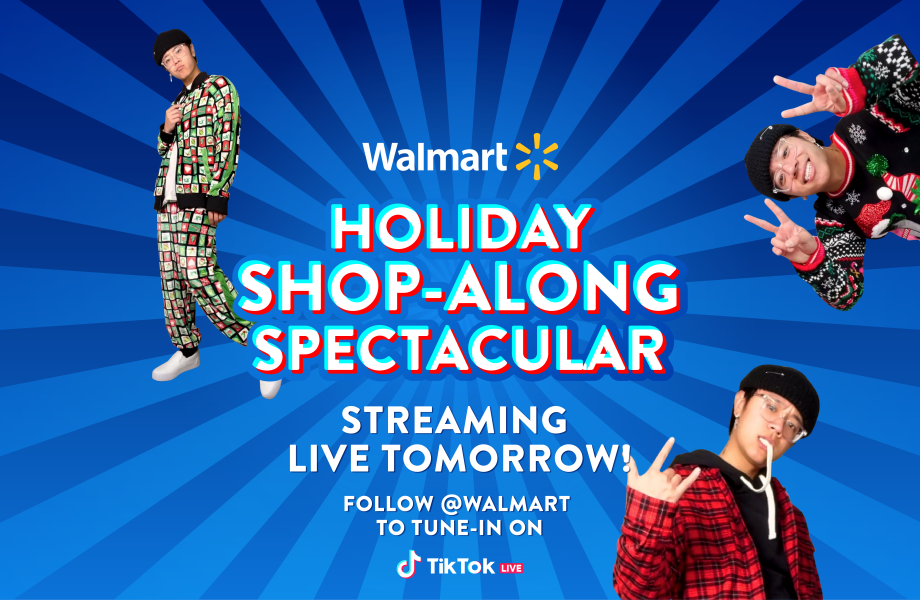
Walmart partnered TikTok for the latter’s 1st shoppable livestream event in Dec 2020, where 10 influencers promoted Walmart products with some try-on demos
4 reasons why you should jump on the shopstreaming trend
No matter which side of the pond your business is on, whether you’re a seasoned digital retailer or just now forming a strategy around ecommerce, you’d do well to consider where shopstreaming figures into the mix. Here’s why.
1. Shopstreaming is instant
Instant gratification is the name of the game when it comes to livestreaming. Much like QVC and informercials, it thrives on impulse and spontaneity. You take the viewer from “I didn’t know I needed this” to “Take my money NOW”. The format of (not just real-time but also) live video makes the experience even more immediate and the case compelling. Already we know video works and sells: Consumers much prefer watching a video to reading a static post.
Match all that with exclusive deals and time-sensitive discounts (shopstreaming’s secret weapon: Prey on the neuroscience of scarcity, urgency and FOMO), and you’ve got one helluva sales engine. Made all the easier with 1-click shopping.
2. Shopstreaming is social
Shopping has traditionally been a social activity. Everyone can relate to bringing a girlfriend along to give a point of view on whether that cardigan is really “you” and to talk you down from koala eyes. Humans by nature crave social contact and find social exclusion painful. Tuning in to a livestream of your favourite influencer telling you why you can’t live without that limited edition console? (“Take my money now!…”) And then have a legion of like-minded peers similarly drooling over the same product, expressing their approval with reactions ranging hearts, stars and thumbs up exploding across the screen like the 4th of July? (“…and my car too!”) Never underestimate the power of groupthink, and people’s desire to fit in. Social proof is the other secret weapon in retail.
3. Shopstreaming shortens the sales cycle
Shopstreaming lets you meet users where they are. For many D2C (direct to consumer) brands, this is good news. It lets brands communicate and transact with the consumers wherever they are. From a CX perspective, this is beautiful.
And who is going to splurge a month’s worth of salary on a piece of IT without speaking to the sales assistant? Shopstreaming lets consumers get live assistance quickly. They get a chance to interact with the host or influencer (or an expert or sales assistant) and get the answers they want. This is brilliant UX.
4. Shopstreaming is efficient
Shopstreaming is not sales, neither it is content. It’s neither brand experience nor customer experience. It’s everything rolled into one seductive ball. And it’s beautiful to behold. Like much of shoppertainment, it helps brands achieve not only short-term sales but also long-term brand building. You’re building your brand, relationships and a community. It helps you get from point of inspiration to education to sale. It’s immediate and results-driven, bridging browsing and buying. You educate, engage and transact all within the same session.
Where will you take the shopstreaming trend?
With platforms continually rolling out expanded support and features, and strategic alliances being made both in the East and the West, shopstreaming will become even more sophisticated and frictionless. With digital giants (not just ecommerce brands) like Facebook, Instagram and TikTok also jumping into the fray, all scrambling to integrate not just shoppertainment but also shopstreaming into their platform experience, we can expect to see sustained and accelerated growth. It is the must-have strategy when you’re considering digital transformation trends in retail business.
If you’re already looking at shoppable content, go further to see how you can make it live. If you’ve already got shopstreaming within your crosshairs, go further and see how you can innovate on the format, such as including AR or VR technologies, perhaps leveraging 3D, tapping real or virtual hosts, to make the experience even more engaging, your brand even more interactive, your stories even more compelling and your product even more informative. The shopstreaming trend is just now exploding and there’s plenty of room yet for you to make a difference.


